| Author |
 Topic Topic  |
|
|
sangamesh
Member Purpuricenus
 
India
426 Posts |
 Posted - 23/02/2015 : 13:41:10 Posted - 23/02/2015 : 13:41:10



|
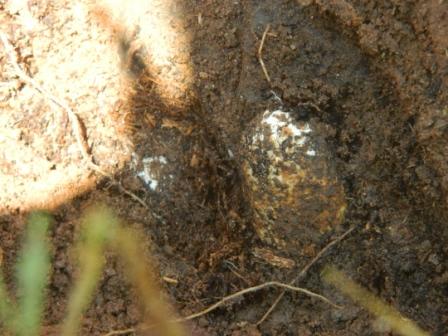
51.04áKB
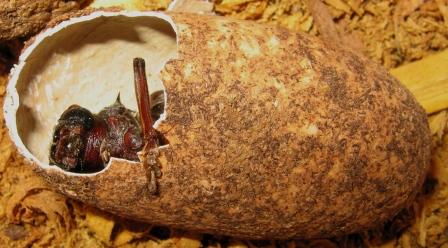
37.32áKB
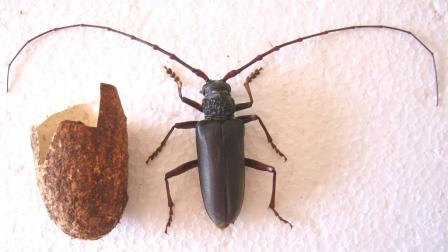
26.13áKB
Neoplocaederus ferrugineus
Collected around 8 pupae and have started emerging (so far 3 are into adults)... it was my first experience to find this huge pupae with calcareous shell... pupae with calcareous shell... |
Edited by - Gerard on 30/01/2016 11:41:51 |
|
|
nasa
Member Rosalia
  
China
971 Posts |
 Posted - 23/02/2015 : 15:11:40 Posted - 23/02/2015 : 15:11:40



|
| Amazing! I also first time to see this style pupae cell! |
 |
|
|
Sergi
Member Rosenbergia
   
Spain
1792 Posts |
 Posted - 23/02/2015 : 15:19:56 Posted - 23/02/2015 : 15:19:56



|
Sangamesh, larvae were buried in the ground ???
Amazing!! I thought that these species emerging from wood!! |
 |
|
|
sangamesh
Member Purpuricenus
 
India
426 Posts |
 Posted - 24/02/2015 : 04:33:54 Posted - 24/02/2015 : 04:33:54



|
quote:
Originally posted by Sergi
Sangamesh, larvae were buried in the ground ??? Amazing!! I thought that these species emerging from wood!!
Yes! I found them around root zone, pupae were attached to tree trunk below the soil... interestingly grubs were oozing some liquid... find below the images
 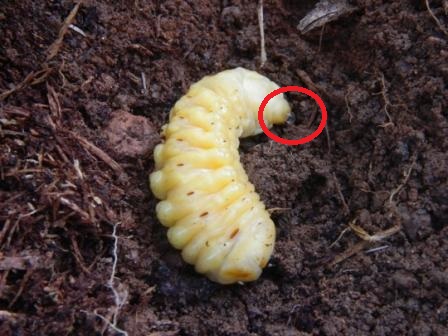 |
 |
|
|
Francesco
Forum Admin
    
Luxembourg
9613 Posts |
 Posted - 24/02/2015 : 06:37:36 Posted - 24/02/2015 : 06:37:36




|
Really a nice report, Sangamesh, thank you very much!
   |
 |
|
|
sangamesh
Member Purpuricenus
 
India
426 Posts |
 Posted - 24/02/2015 : 13:45:01 Posted - 24/02/2015 : 13:45:01



|
Going through the type pict given in this publication... I'm falling into confusion to decide ...here i give better male and female pict for comparison... ...here i give better male and female pict for comparison...
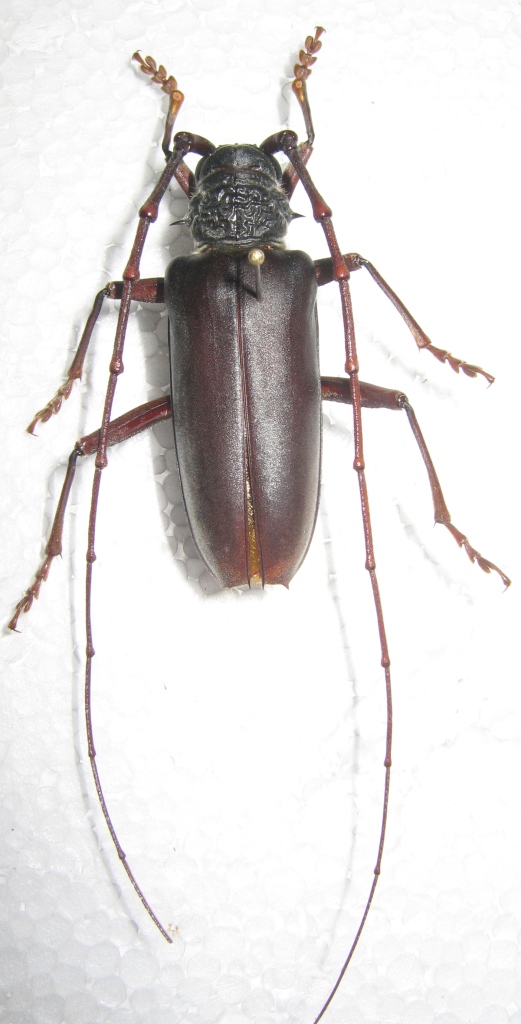 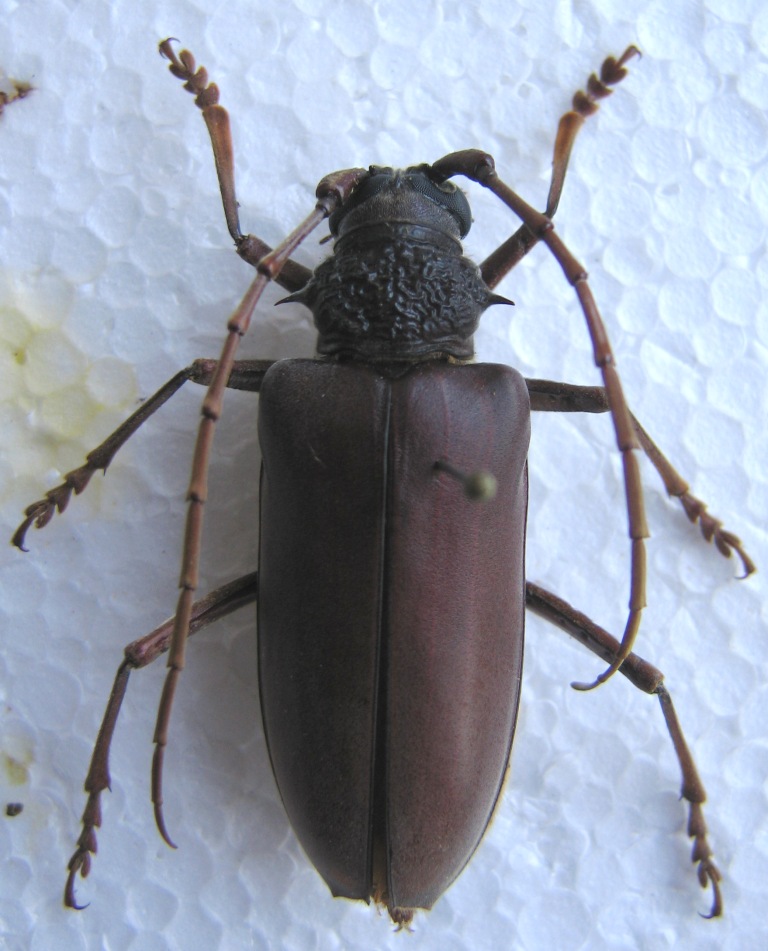 |
Edited by - sangamesh on 25/02/2015 00:15:18 |
 |
|
|
Pierre-Olivier Maquart
Member Rosalia
  
United Kingdom
784 Posts |
 Posted - 24/02/2015 : 22:37:02 Posted - 24/02/2015 : 22:37:02



|
That's fantastic !
It's very interesting, thanks for sharing it with us. 
So I guess, on that website when you go to "beetles/Cerambycidae" and then in "Neoplocaederus carolii", It might be also pupation chambers. I was guessing what it was for a long time !
nice observation !
|
 |
|
|
Pierre-Olivier Maquart
Member Rosalia
  
United Kingdom
784 Posts |
 Posted - 25/06/2015 : 18:29:38 Posted - 25/06/2015 : 18:29:38



|
Hi all,
For those interested in these weird way of pupation, I found in a book about longhorned beetles larvae (E.A.J. Duffy. 1952 - A monograph of the immature stages of British and imported timber beetles (Cerambycidae), 311 p.) with an explanation around those calcareous cocoons:
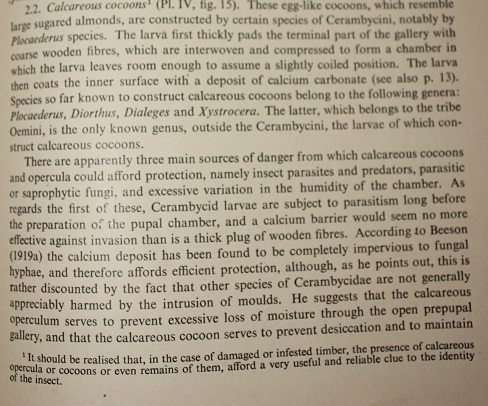
104.84áKB

41.44áKB
Some pictures of Plocaederus basalis (in his book about African timber beetles).
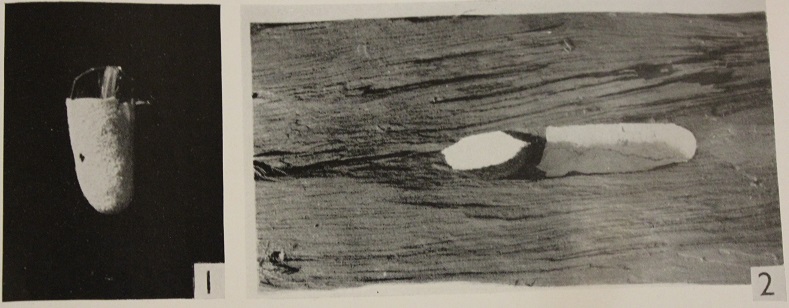
85.33áKB
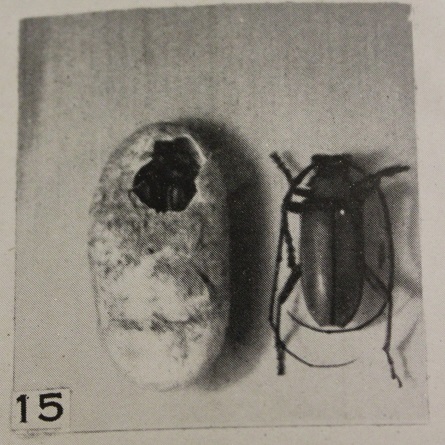
82.45áKB
Have a nice day,
Best,
POM
(Sorry for the poor quality of the pictures, but I don't have a scanner here  ) ) |
 |
|
|
Pierre-Olivier Maquart
Member Rosalia
  
United Kingdom
784 Posts |
 Posted - 19/05/2018 : 15:29:38 Posted - 19/05/2018 : 15:29:38



|
Hi Sangamesh,
Sorry to bother you here, but I cannot reach you via your email adress which does not seems to work.
I'm currently writting a book about beetles, and I would like to know if perhaps I could reuse your picture to illustrate this peculiar behavior ?
Can you contact me by mail?
Thanks a lot,
POM
P.S.: For the others: this post is only temporary, I'll delete it after  |
 |
|
|
dryobius
Member Rosenbergia
   
USA
1895 Posts |
 Posted - 20/05/2018 : 12:51:22 Posted - 20/05/2018 : 12:51:22



|
| Does anybody know of references where Lepturinae have been reported to form similar pupal sells? |
 |
|
|
sangamesh
Member Purpuricenus
 
India
426 Posts |
 Posted - 22/05/2018 : 03:35:39 Posted - 22/05/2018 : 03:35:39



|
quote:
Originally posted by Pierre-Olivier Maquart
Hi Sangamesh,
Sorry to bother you here, but I cannot reach you via your email adress which does not seems to work.
Please check your mail |
 |
|
| |
 Topic Topic  |
|


